Yoro

Yoro Park 
Berjalan Menelusuri Taman Yoro Park 
Berjalan Menelusuri Taman Yoro Park
Masuki dunia aneh Taman Yoro – “Situs Takdir yang Terbalik”, taman ini dirancang oleh seniman terkenal Shusaku Arakawa dan penyair Madeline Gins. Penggemar arsitektur dapat menikmati dan mengagumi struktur unik dan aneh yang dirancang untuk mendorong batas-batas dunia saat ini. Struktur cekung hijau cerah di atas dinding perimeter batu abu-abu membuat fasilitas ini menyerupai dongeng atau film Studio Ghibli.
- 1
- Yoro
Yoro – Ogaki
Ogaki – Gifu
Gifu

Berjalan di Sekitar Kastil GIfu dan Taman Gifu 
Patung Buddha Besar Gifu 
Berjalan di Sekitar Kawahara 
Burung Pecuk Sungai Naragawa 
Burung Pecuk Sungai Naragawa
Pertama, jelajahi Kastil Gifu, markas Nobunaga Oda, salah satu pemimpin samurai paling terkenal. Kastil yang mengesankan dapat diakses melalui Kereta Gantung Gunung Kinka. Jangan lupa berjalan-jalan di sekitar Taman Gifu untuk mengagumi dedaunan yang subur dan mengunjungi Patung Besar Buddha (Daibutsu) berpernis terbesar di Jepang.
Selanjutnya, nikmati suasana santai yang unik dengan berjalan-jalan di jalan-jalan kuno di Distrik Kawaramachi.
Singgahlah ke salah satu toko kerajinan tangan lokal untuk membeli suvenir buatan tangan yang unik. Jalan-jalan santai di area ini dan amati semua hal yang ditawarkan kepada wisatawan; Anda pasti akan senang dengan pesonanya.
Bagi Anda yang mengunjungi Gifu antara 11 Mei dan 15 Oktober, pastikan untuk menyaksikan “Ukai” – tradisi memancing ikan sweetfish selama 1300 tahun dengan menggunakan obor api dan burung kormoran.
Lihat tontonan yang bahkan Charlie Chaplin sendiri saksikan tidak hanya sekali, tapi dua kali! Dengan Kastil Gifu sebagai latar malam untuk tarian nyala api di antara burung, tuan, dan ikan, Anda akan terpesona oleh keajaiban.
- 2
- Gifu
Menginap di Gifu
Stasiun Gifu – Oyana(小屋名di Kota Seki)
Seki

Cutler SANSYU / Museum Seki Hamono 
Cutler SANSYU / Museum Seki Hamono 
Cutler SANSYU / Seki Hamono Museum 
Cutler SANSYU / Seki Hamono Museum 
Cutler SANSYU / Seki Hamono Museum
Kota Seki, yang terletak di tengah cekungan Sungai Nagara, dianggap sebagai salah satu dari tiga pusat peralatan makan utama dunia. Didirikan pada tahun 1300-an, reputasi bilah Seki tersebar luas di kalangan prajurit samurai. Untuk mempelajari lebih lanjut tentang penempaan dan penggunaan bilah Seki, kunjungi Museum Seki Hamono. Di sini, Anda dapat mengetahui bagaimana ahli pedang lokal membuat bilah tradisional ini, termasuk perkakas sehari-hari.
- 3
- Seki
Oyana – Mino-Ogurakouenmae
Mino

Berjalan di Distrik Sejarah Tembok Udatsu 
Perumahan Keluarga Imai 
Galeri Seni Lentera Mino Washi
Dulunya tempat ini merupakan distrik pedagang yang ramai dan Kota Mino terkenal karena produksi kertas Mino mereka. Kertas Mino adalah jenis kertas tradisional yang dikembangkan karena kekayaan alam seperti aliran air jernih di daerah tersebut. Keberhasilan kertas Mino memungkinkan jalan untuk membangun dan mempertahankan banyak tembok Udatsu yang ditinggikan, yang merupakan tanda status orang kaya di zaman Edo. Saksikan pemandangan langka di dalam salah satu bangunan terpenting, Bekas Kediaman Keluarga Imai.
Kertas Mino juga digunakan untuk pameran seni dan pajangan. Kunjungi Galeri Seni Kertas Mino “Akari” untuk melihat karya seni kertas washi yang disajikan sebagai bagian dari iluminasi pahatan cahaya, yang terlihat sangat indah dalam foto.
- 4
- Mino
Mino – Gujo Hachiman
Gujo

Pentas Tarian Gujo Dance 
Pembuatan Sampel Makanan 
Pembuatan Sampel Makanan 
Berjalan di Sekitar Distrik Sejarah 
Berjalan di Sekitar Distrik Sejarah
Terletak di dekat Sungai Nagara yang indah, perjalanan ke distrik bersejarah Gujo Hachiman akan menjadi hari yang indah. Gujo juga dikenal dengan Tarian Gujo di musim panas, dan air jernih yang indah yang mengalir melalui kota. Jika Anda melewatkan musim Tari Gujo, Anda dapat menyaksikan pertunjukan langsung di Museum Gujo Hachiman di dekatnya. Setelah menikmati tarian, cobalah membuat beberapa contoh makanan replika Jepang. Dan terakhir, naiklah ke atas untuk pemandangan yang menakjubkan dari Kastil Gujo Hachiman yang berdinding batu.
- 5
- Gujo
Menginap di Gujo Hachiman
Gujo Hachiman Castle Town Plaza – Gujo Hachiman IC
Gujo Hachiman IC – Takayama
Takayama

Distrik Sejarah 
Takayama Jinya 
Daging Sapi Hida 
Daging Sapi Hida
Dulunya tempat ini merupakan kota pedagang yang sibuk namun Distrik Bersejarah Takayama mempertahankan sebagian besar bangunan asli dan arsitektur tradisionalnya hingga hari ini. Sekarang, distrik ini menjadi rumah bagi kerajinan dan pabrik sake, serta kedai makanan yang menjual makanan khas setempat seperti mitarashi dango dan tusuk sate sapi Hida. Takayama Jinya juga dikenal sebagai Rumah Pemerintahan Bersejarah Takayama, satu-satunya yang tersisa di Jepang – menjadikannya bangunan dengan signifikansi sejarah yang sangat besar.
- 6
- Takayama
Menginap di Takayama
Takayama – Shirakawa-go
Shirakawa-go

Shirakawa-go 
Dek Observasi Kastil Ogimachi 
Menelusuri Area Perumahan Bergaya Gassho 
Menelusuri Area Perumahan Bergaya Gassho
Jelajahi Situs Warisan Dunia UNESCO, Shirakawa-go: desa tradisional sederhana jauh di lereng gunung. Terkenal dengan rumah jerami “bergaya gassho”, atap yang tertutup salju adalah pemandangan yang harus dilihat di musim dingin. Shirakawa-go juga dikelilingi persawahan luas milik warga yang masih bertani untuk mencari nafkah. Berjalan-jalan di sekitar desa kuno pasti akan membuat pengunjung merasa seolah-olah mereka telah dibawa kembali ke masa lalu. Temukan bagaimana rasanya berada di dalam dengan mengunjungi rumah-rumah terbuka, atau lakukan pendakian selama 15 menit ke Shiroyama Viewpoint untuk menikmati pemandangan panorama dari atas.
- 7
- Shirakawa-go
Shirakawa-go – Pusat Bus Takayama Nohi
Takayama – Hida-Furukawa
Hida

Jalan Shirakabe Dozogai 
Jalan Shirakabe Dozogai 
Aula Pameran Festival Hida Furukawa 
Aula Pameran Festival Hida Furukawa
Gifu juga merupakan rumah bagi “Kyoto Kecil”, atau dikenal sebagai Kota Hida Furukawa. Kota tepi sungai ini adalah rumah bagi lebih dari 1.000 ikan mas berwarna-warni yang hidup di dalam kanal-kanal Sungai Seto yang berkelok-kelok di seluruh area. Bagi mereka yang ingin menikmati hari relaksasi di pedesaan, cobalah Tur Sepeda Satoyama.
Jika Anda cukup beruntung, Anda bisa menjadi penonton Festival Hida Furukawa di bulan April, yang semarak dan menarik dengan pertunjukan drum, parade, dan penuh semangat Jepang. Meskipun jika Anda melewatkan festival, Anda juga dapat mengalaminya secara langsung di Aula Pameran Festival Hida Furukawa.
- 8
- Hida
Hida-Furukawa – Takayama
Menginap di Takayama
Pasar Pagi (Miyagawa & Jinyamae)

Pasar Pagi (Miyagawa & Jinyamae) 
Pasar Pagi (Miyagawa & Jinyamae)
Nikmati pagi yang tenang dengan berbelanja dan berinteraksi dengan penduduk setempat di Pasar Pagi Hida Takayama. Ratusan tahun yang lalu, tanda-tanda ini dianggap sebagai tempat bagi penduduk setempat untuk menjual barang dagangannya. Namun, selama abad ke-19, para wanita lokal bergegas menjual buah dan sayuran yang ditanam di rumah mereka. Ini semua menyebabkan acara itu disebut “pasar pagi.” Temukan berbagai produk yang semuanya dijual di pasar ini di mana tidak ada dua kios yang sama.
- 9
- Pasar Pagi (Miyagawa & Jinyamae)
Pusat Bus Takayama Nohi -Hirayu Onsen
Hirayu Onsen – Kereta Gantung Shinhotaka
Desa Pemandian Air Panas Oku-Hida

Desa Pemandian Air Panas Oku-Hida 
Desa Pemandian Air Panas Oku-Hida 
Desa Pemandian Air Panas Oku-Hida 
Kereta Gantung Shinhotaka
Melarikan diri ke pegunungan jauh di dalam Pegunungan Alpen Jepang untuk merasakan pengalaman pemandian air panas ‘rotenburo’ yang benar-benar luar biasa. Desa Mata Air Panas Okuhida terdiri dari lima mata air panas yang berbeda, semuanya digabungkan untuk membuat Okuhida memiliki mata air terbuka (rotenburo) paling banyak di negara ini. Bagi Anda yang menginginkan pemandangan pegunungan Alpen dari atas, naiklah kereta gantung bertingkat dua Shinhotaka Ropeway. Kereta ini akan membawa Anda ke ketinggian 2.156 meter di udara untuk sepenuhnya tenggelam dalam kemegahan Pegunungan Alpen Jepang.
- 10
- Desa Pemandian Air Panas Oku-Hida
Kereta Gantung Shinhotaka – Pusat Bus Takayama Nohi
Takayama – Gero
Pemandian Air Panas Gero

Pemandian Air Panas Gero 
Pemandian Air Panas Gero
Pemandian Air Panas Gero adalah satu dari tiga pemandian air panas (onsen) kualitas terbaik di Jepang. Dijuluki “Air Kecantikan”, konon air dari Pemandian Air Panas Gero memiliki kualitas mempercantik yang mengubah kulit orang yang mandi menjadi sehalus air itu sendiri. Sorotan utama Gero Onsen adalah “Funsenchi”, pemandian batu besar di udara terbuka yang terletak tepat di sebelah Sungai Hida. Karena lokasinya dan merupakan pemandian campuran, orang yang mandi harus mengenakan pakaian renang untuk memasuki pemandian air panas.
- 11
- Pemandian Air Panas Gero
Menginap di Gero
Gero – Mino-Ota
Mino-Ota – Tajimi
Stasiun Tajimi – Museum Ubin Mosaik Tajimi
Tajimi

Museum Ubin Mosaik Tajimi 
Museum Ubin Mosaik Tajimi
Tajimi adalah “kota tembikar” Jepang, pusat produksi Mino-yaki (keramik). Dengan sejarah lebih dari 1.300 tahun, kota ini bangga dengan warisan dan keahliannya di bidang keramik. Museum Ubin Mosaik Tajimi memiliki 10.000 pameran luar biasa yang didedikasikan untuk subjek ini, sementara bangunan museum itu sendiri juga merupakan suatu pemandangan untuk dilihat.
- 12
- Tajimi
Tajimi – Nagoya






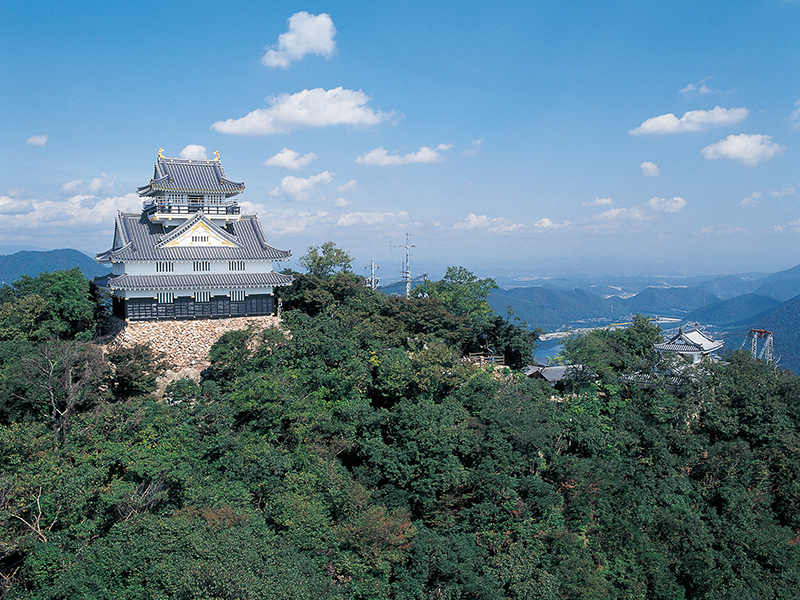

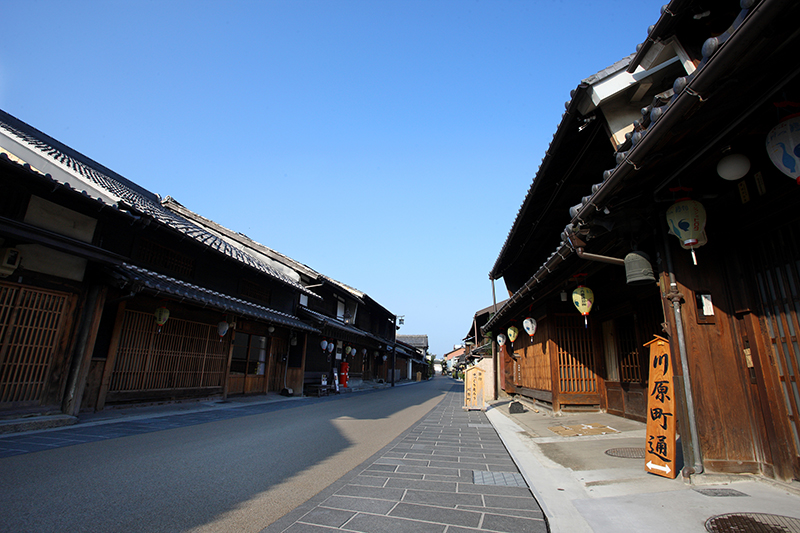
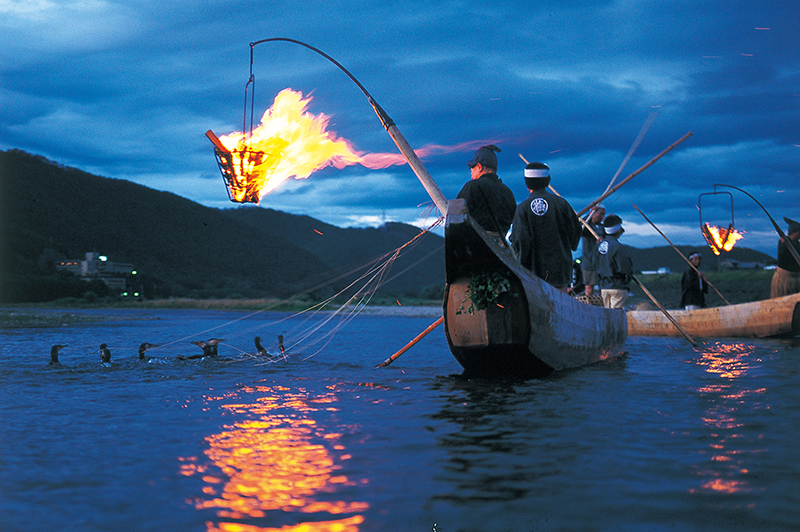

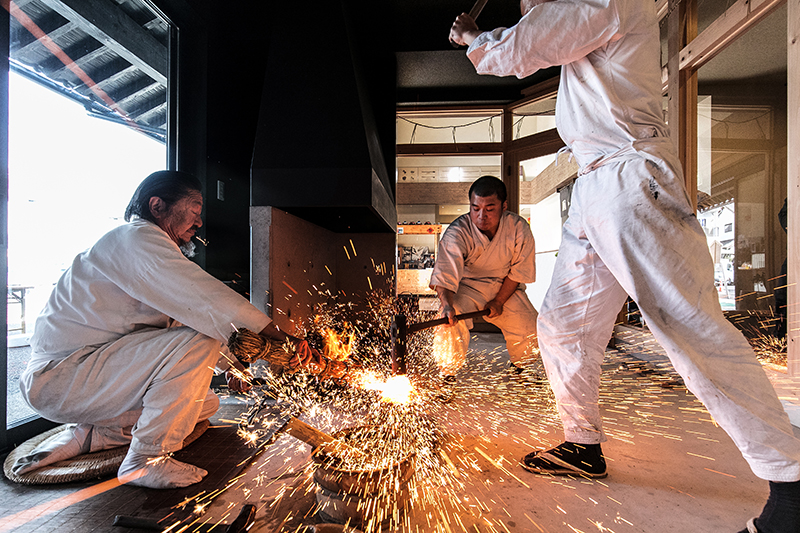




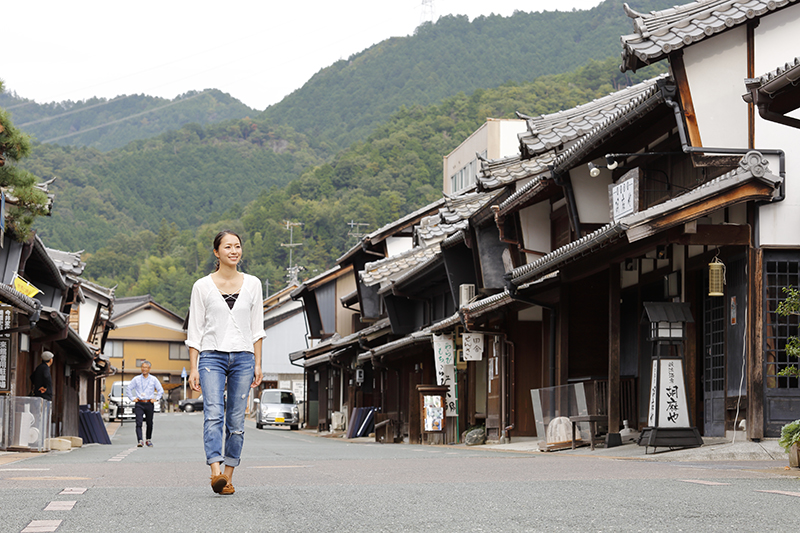


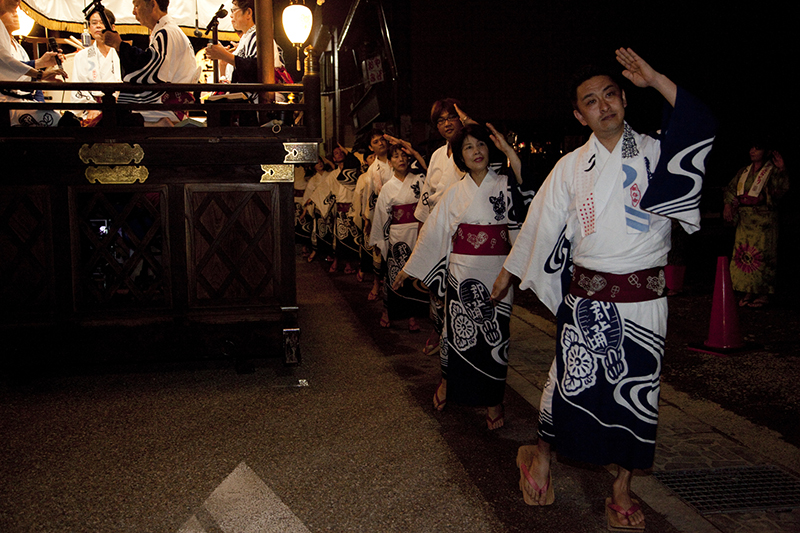


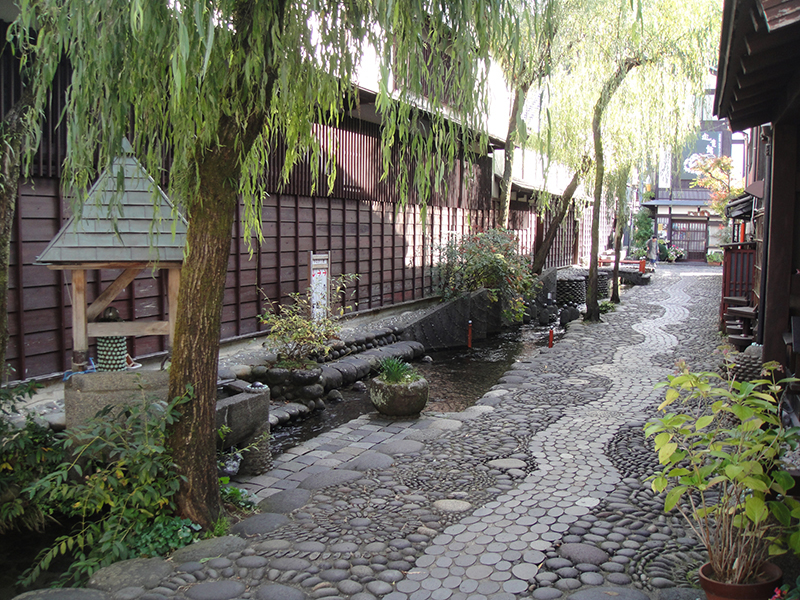

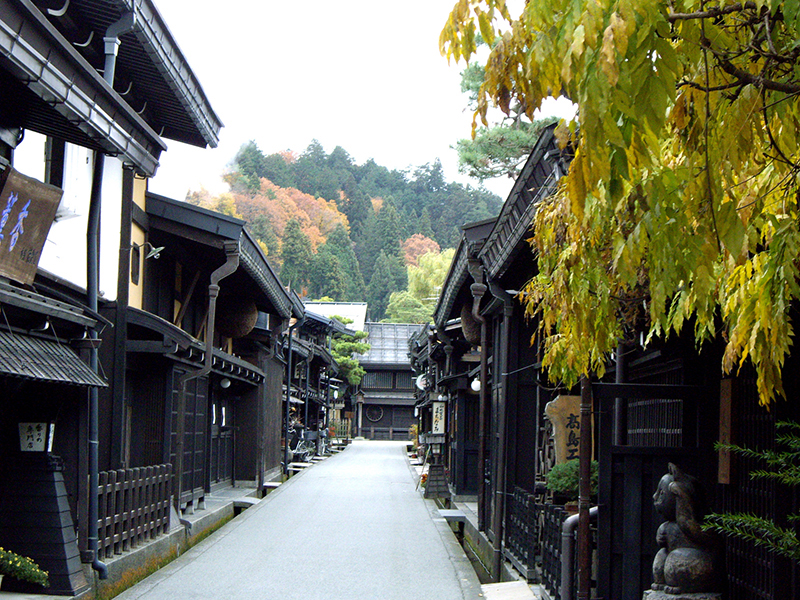



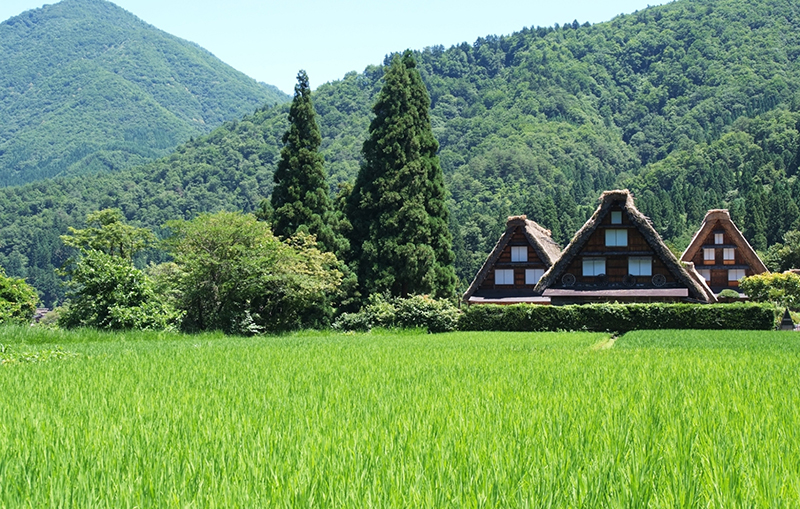



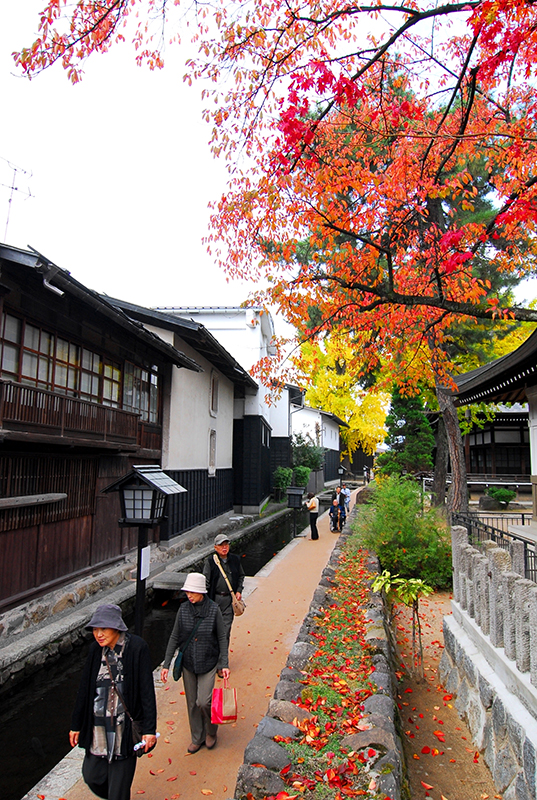



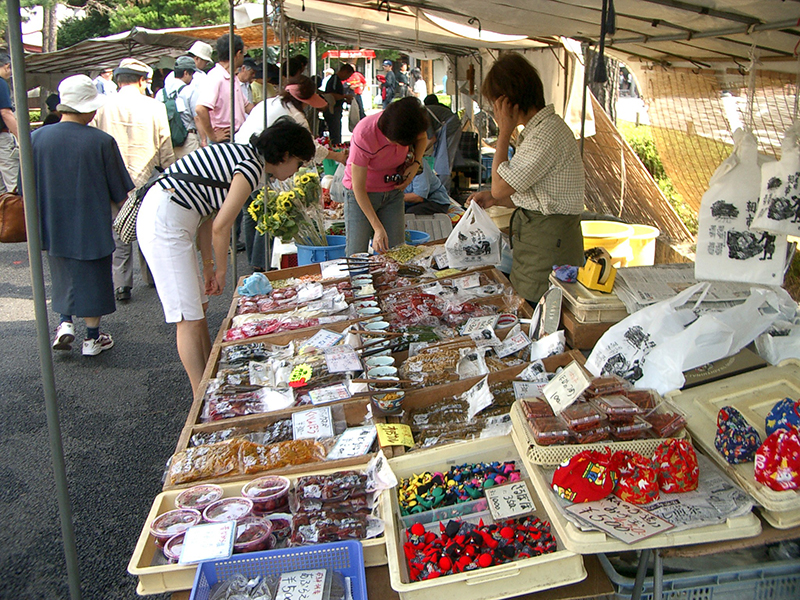

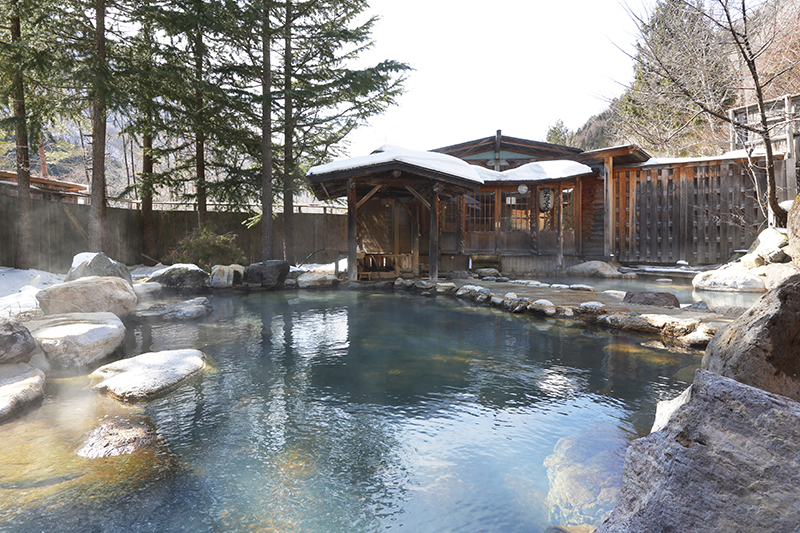
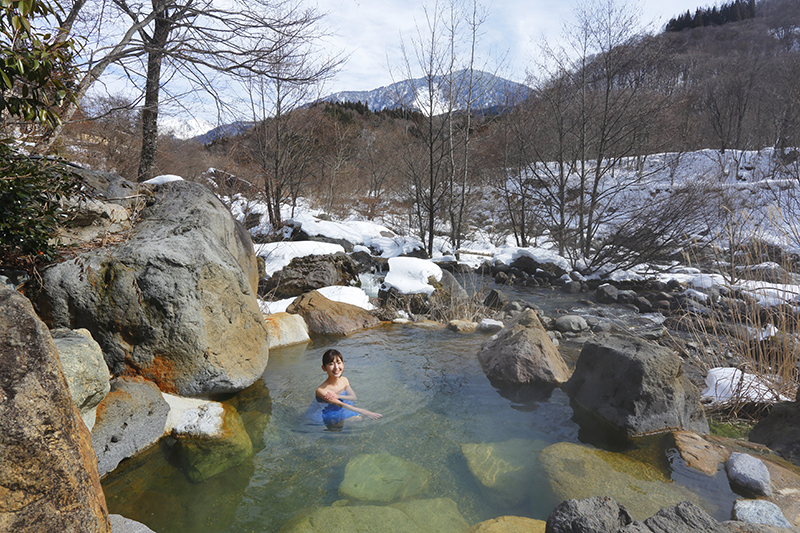

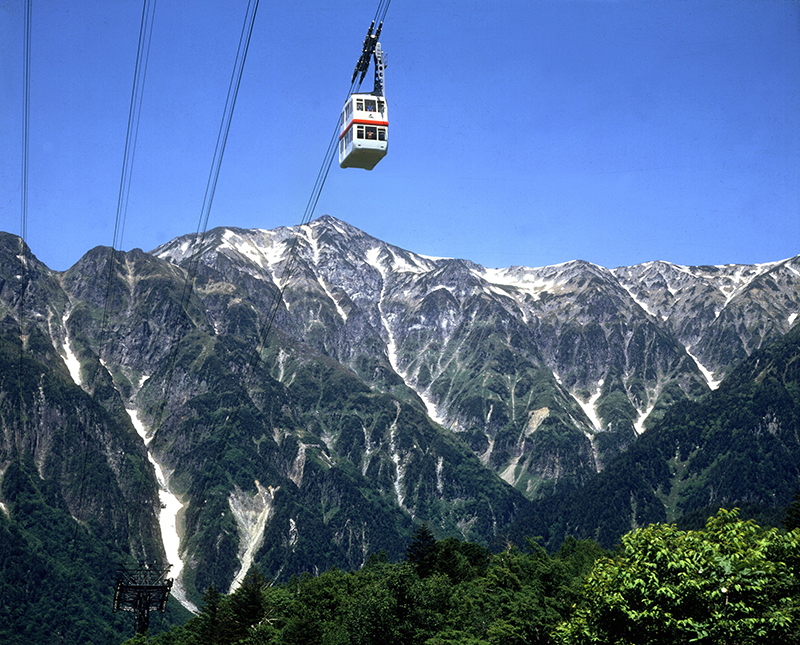
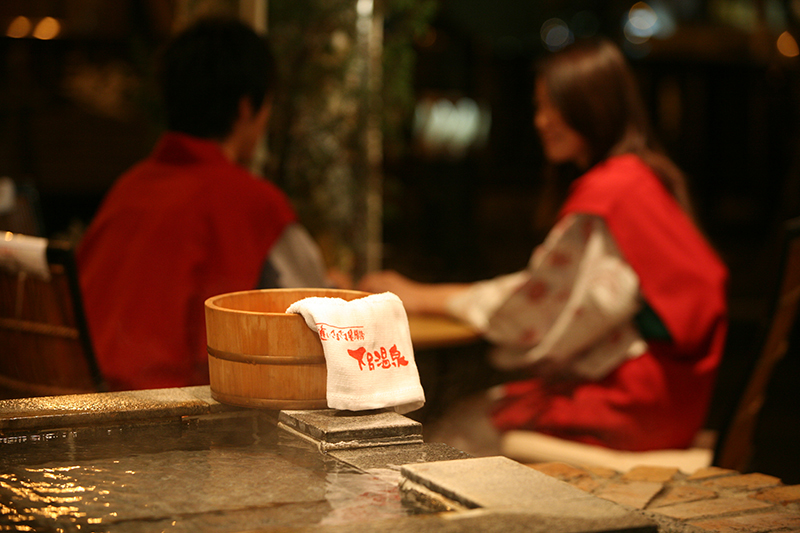

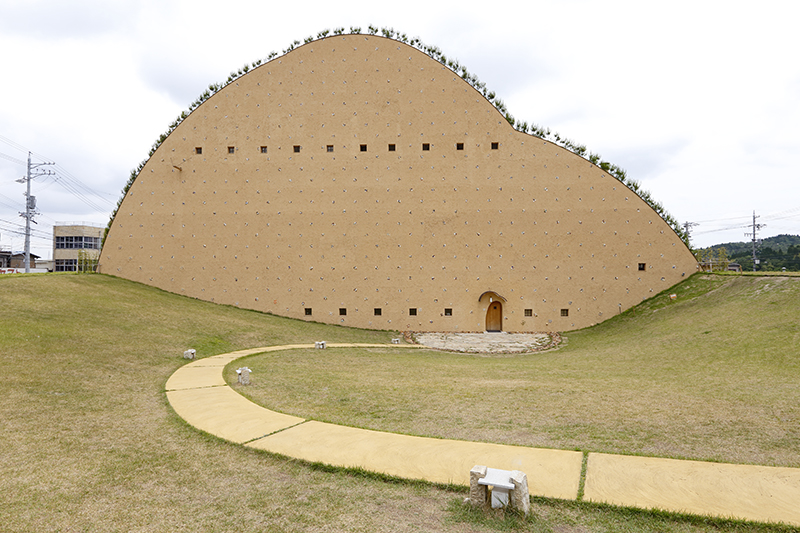

 Twitter
Twitter
 Facebook
Facebook










